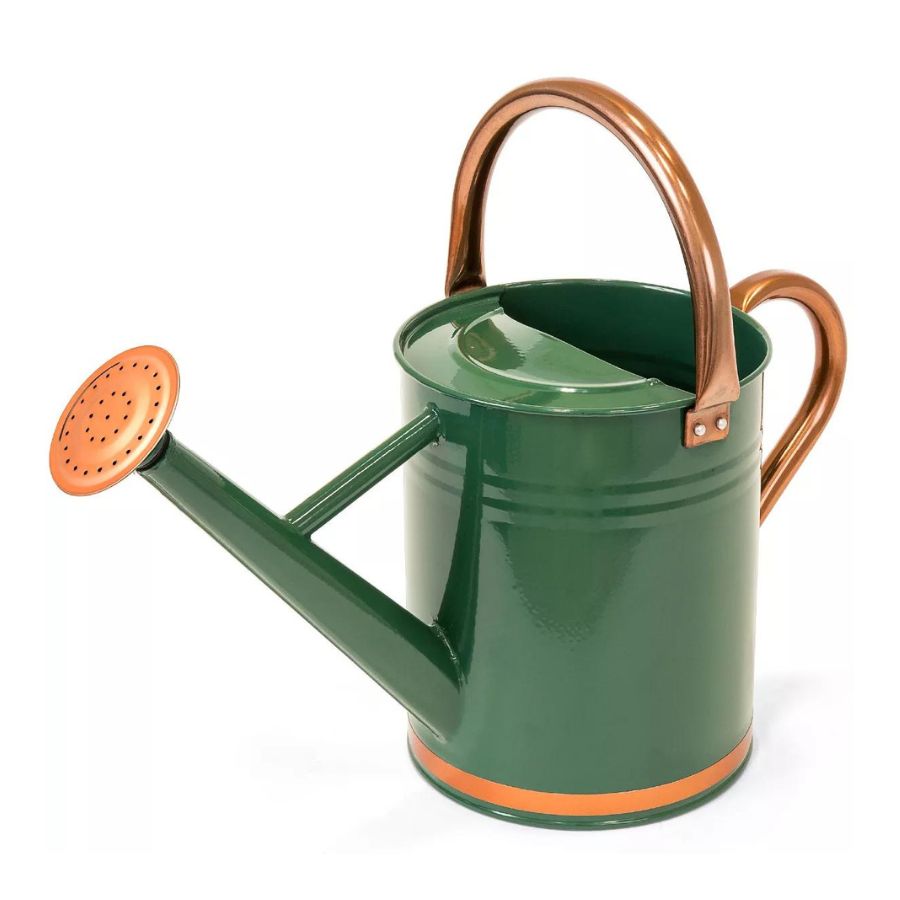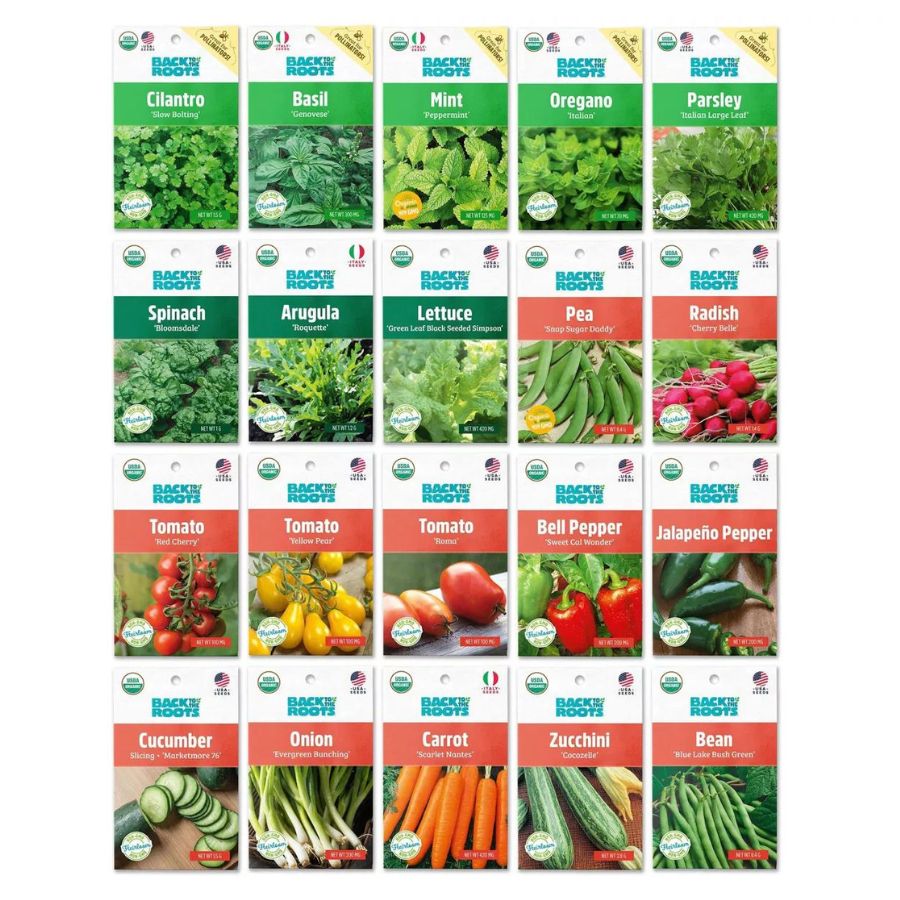How to Start a Vegetable Garden in Your Backyard — 8 Steps to Begin Growing an Edible Garden this Spring
With spring on the horizon, there’s no better time to start sowing the seeds for your own vegetable garden
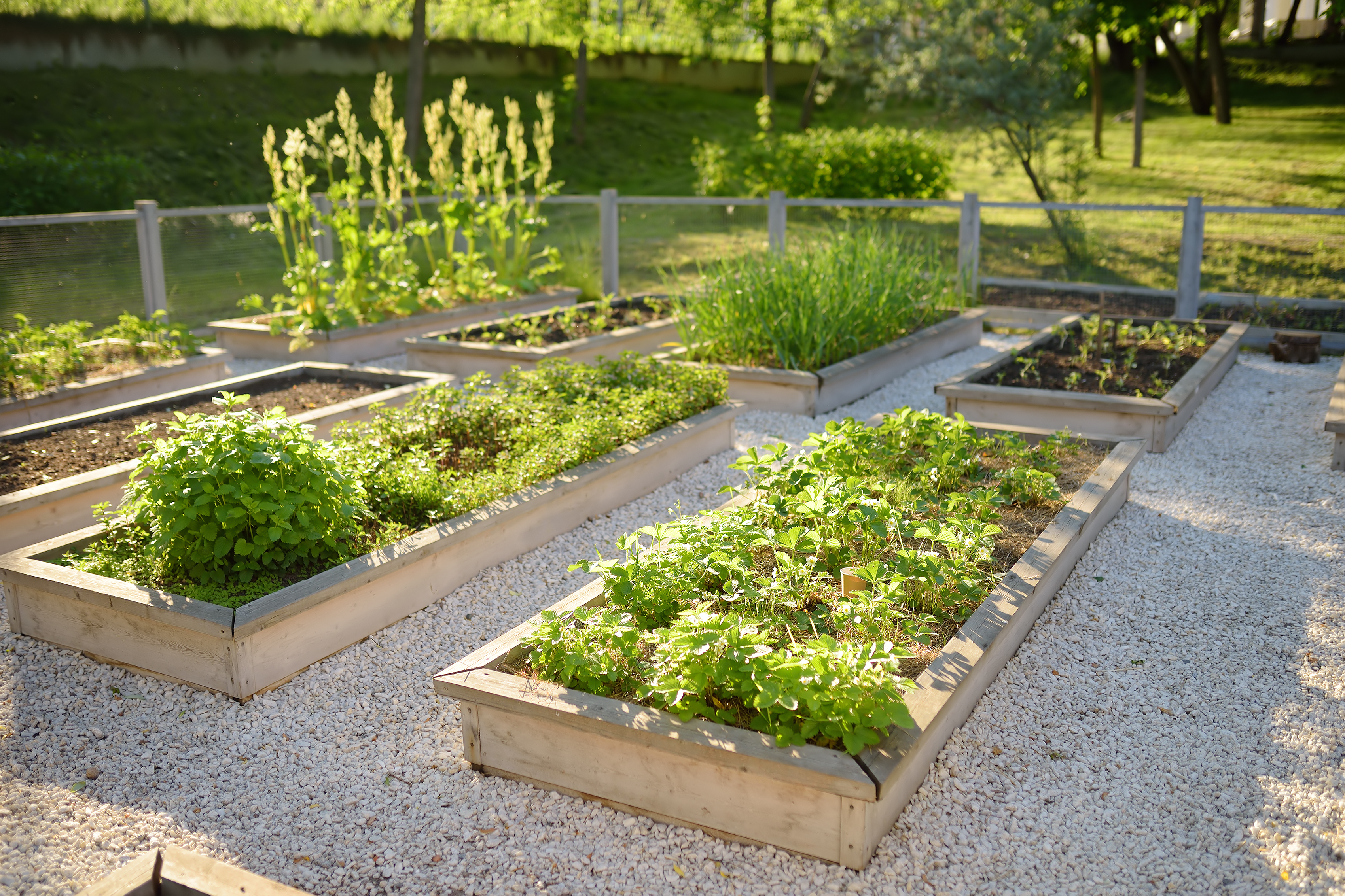

If you’re not already an avid gardener, the prospect of starting your very own vegetable garden in your backyard can be a daunting one. But with the much-needed guidance of some green-thumbed experts, it doesn’t have to be.
One of the main joys of creating your own modern vegetable garden is that it can be tailored entirely to you. Whether you want a garden of nourishing micro-greens, edible flowers, or classic, staple veggies to add to every meal, it can be exactly what you want it to be.
And with spring on the horizon, there’s no better time to start sowing the seeds (literally) for your flourishing vegetable garden come summer. Here, we spoke to some gardening experts for their top tips on starting a vegetable plot in your backyard, no matter what space you have available.
1. Select a spot
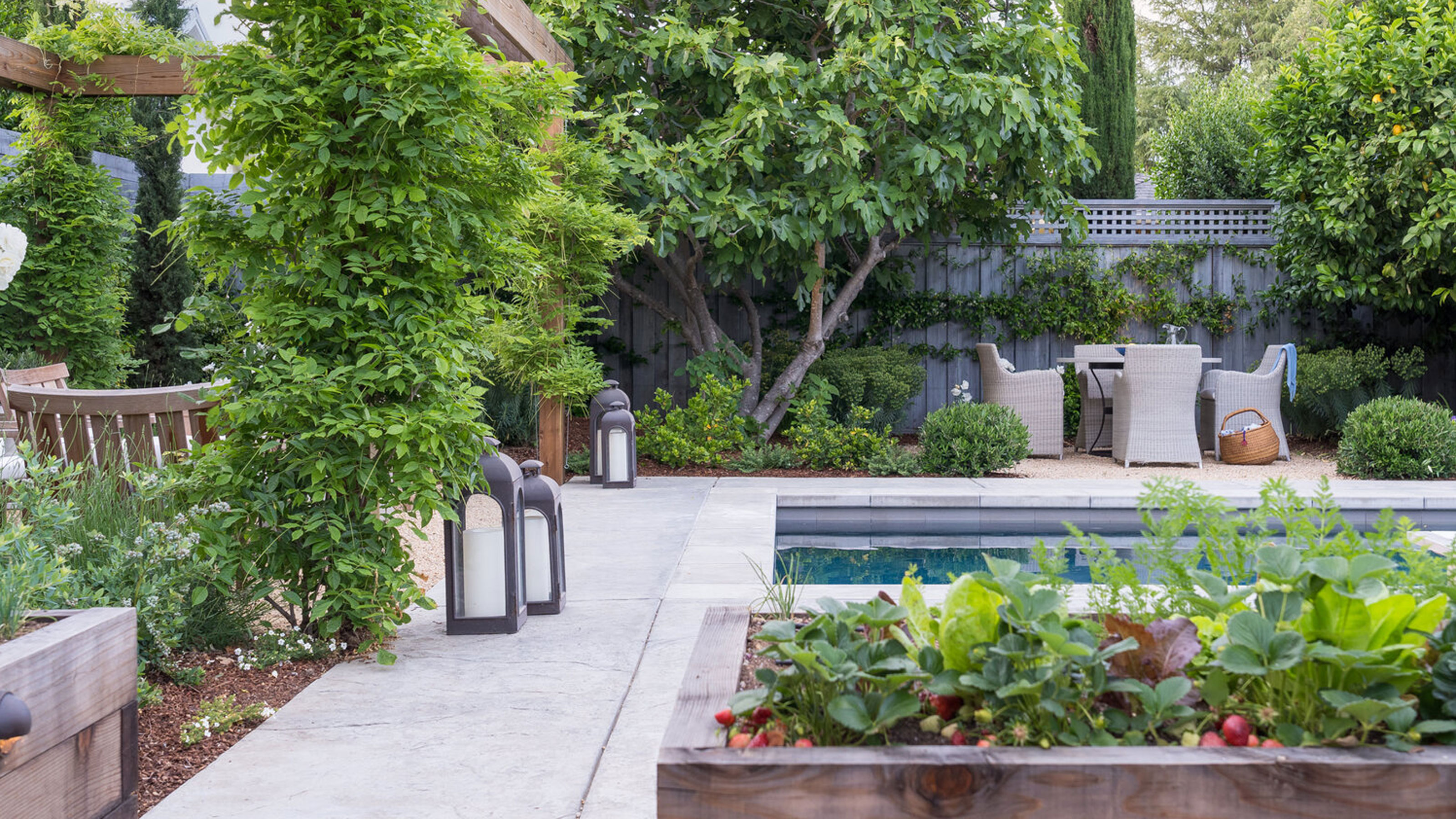
Choosing an appropriate spot in your backyard to start your vegetable garden is a delicate science. According to Lina Cowley, a Master Botanist and Senior Editor at Trimmed Roots, it’s important to consider the amount of sunlight a particular plot will get each day.
‘Pick a spot that gets at least six hours of direct sunlight per day, and ideally eight to 10 hours,’ she explains. ‘Avoid planting near trees or buildings that will shade your garden, and face your garden toward the south or west for maximum sunlight.’
Tony O’Neill, founder of Simplify Gardening, agrees that sunlight is key to a successful vegetable garden. ‘The more sunlight your garden gets, the more fruitful your harvest will be,' he says.
2. Plan the layout
Before you start digging, it’s a good idea to have a strong sense of what you want your vegetable garden to look like, what vegetables you’d like to plant, and how to make the most of your space.
‘Consider what vegetables you’d like to plant and their spacing requirements, Tony explains. 'It’s also crucial to think about crop rotation to prevent soil depletion and reduce pest buildup. This preliminary step helps maximize space and ensure a healthy garden ecosystem.’
Zahid Adnan, Founder of The Plant Bible, agrees that pre-planning is key. ‘Plan the layout and size of your garden, considering factors like companion planting to maximize space and deter pests,’ he says.
Of course, you can adapt the size of your vegetable plot depending on the size of your outdoor space. If you have a small garden, you might want to consider raised beds or container planting, while those with a larger area can dig large beds for their vegetables, instead.
3. Prepare the soil
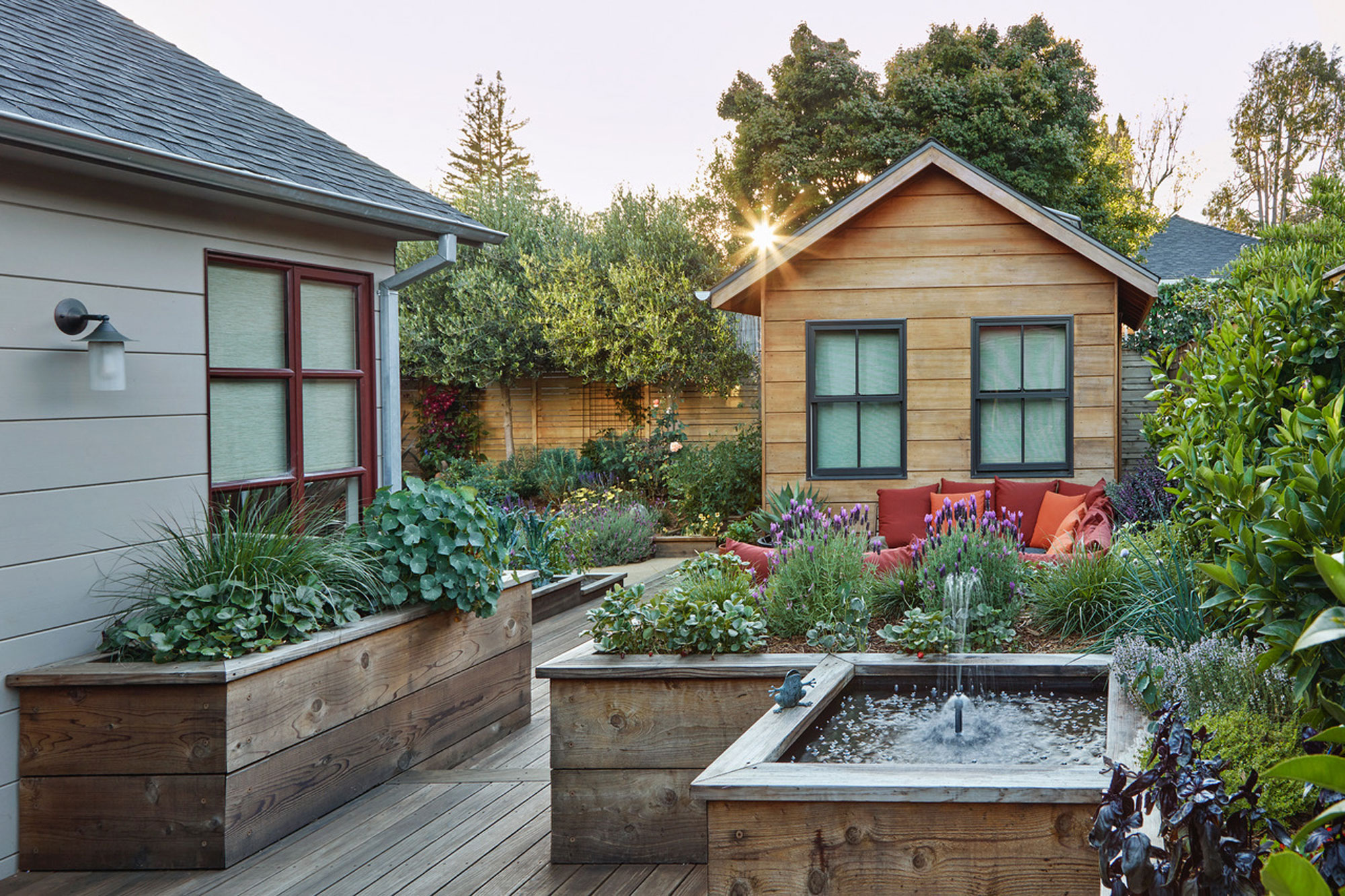
Good soil is the crucial foundation that any thriving vegetable garden depends upon, and Lina explains that you need to prepare the soil accordingly. ‘Remove any grass or weeds from your garden spot,' she says. 'Dig down about eight to 12 inches and mix in compost or other organic matter like peat moss. This will enrich the soil with nutrients for your vegetables, and you can also have your soil tested to see if any amendments are needed.’
Tony agrees that the quality of the soil cannot be overlooked. ‘Test your soil to understand its type and nutrient levels,’ he says. ‘Most vegetables thrive in well-draining, nutrient-rich soil with a pH between 6.0 and 7.0.'
If you're looking for the perfect recipe to help your edible garden flourish, Mel's Mix is an industry favorite, especially for raised beds. Combining organic materials such as peat moss with other elements such as perlite to improve drainage, this soilless potting mix is largely considered the holy grail by gardeners.
4. Build your beds or borders
Tony explains that deciding whether you want raised beds or garden borders is a crucial decision. ‘Traditional garden borders are cost-effective and straightforward, allowing plants to spread naturally,’ he explains. ‘However, raised beds offer better drainage, easier access, and control over soil quality.'
He goes on to explain that raised beds are especially beneficial in areas with poor native soil or for gardeners looking to reduce bending and kneeling. 'I personally lean towards raised beds for their versatility and the clear separation they provide, which can be particularly helpful for beginners,' he says.
Zahid also adds that the ‘look’ you want to go for is an important factor to consider. 'When deciding between garden borders and raised beds, consider the aesthetic and functional aspects,’ he says. ‘Garden borders offer a traditional look, while raised beds provide better soil drainage and easier management.’ For those with urban yards or patios, raised beds will also be your most realistic option.
5. Select your seeds
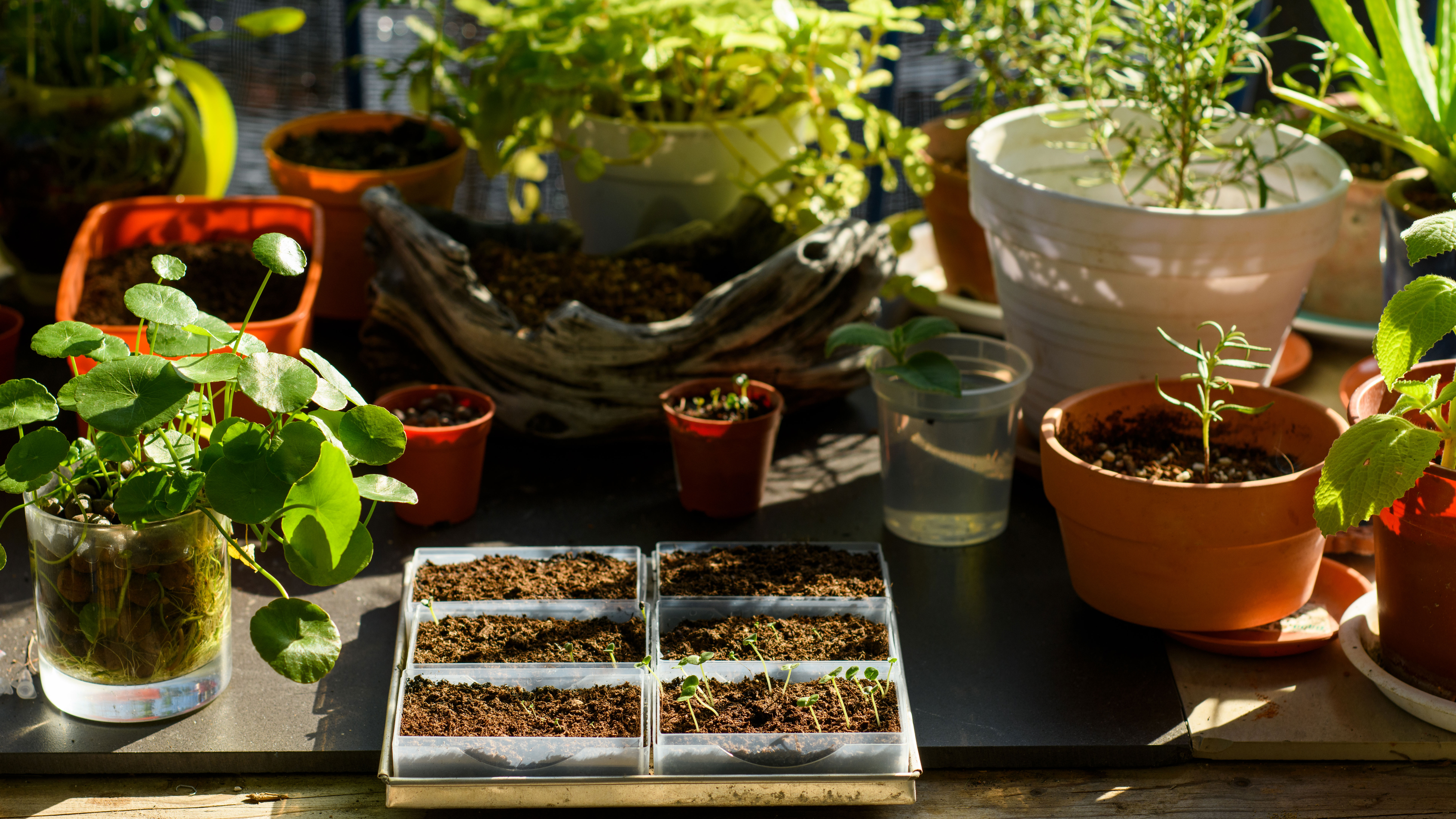
Once you’ve laid the foundations (either digging out your border or building your raised beds), it’s time to decide exactly which vegetables you want to grow. It's a good idea to have a sense of the best seeds to sow at certain times of the year. ‘Good beginner vegetable choices include tomatoes, peppers, zucchini, cucumbers, carrots, lettuce, and beans,’ Lina advises. ‘Focus on what your family likes to eat. Easy root crops like potatoes and radishes are also a good option.'
Lina adds that you can buy seeds or starter plants, depending on what you feel most comfortable working with. 'Seeds are cheaper but growing seedlings takes skill,’ she says. 'For beginners, starter plants are the easiest. Wait until after the average last spring frost date to plant.'
According to Zahid, it’s important to consider the unique environment of your backyard before choosing seeds. ‘Carefully select vegetables that are well-suited for your climate and soil type,’ he says. 'Consider the space requirements of each plant and plan accordingly.’
6. Nurture your plants
Now comes the all-important task of planting. ‘Plant your vegetables according to the recommended planting times for your region’ Zahid advises. ‘Pay attention to spacing and planting depth for each type of vegetable.’
Tony adds that when being planted, each vegetable has its own unique set of care needs. ‘Follow the instructions on your seed packets or plant tags for spacing and depth,’ he says. ‘Some plants, like tomatoes and peppers, are best started indoors and transplanted, while others, like carrots and radishes, prefer to be directly sown into the garden.’
And while it might be stating the obvious, regular watering is essential, especially in the first weeks after planting. 'Aim for one inch of water per week, but adjust based on rainfall and temperature,’ Tony advises. A small vegetable garden might also require less watering.
7. Manage pests and diseases
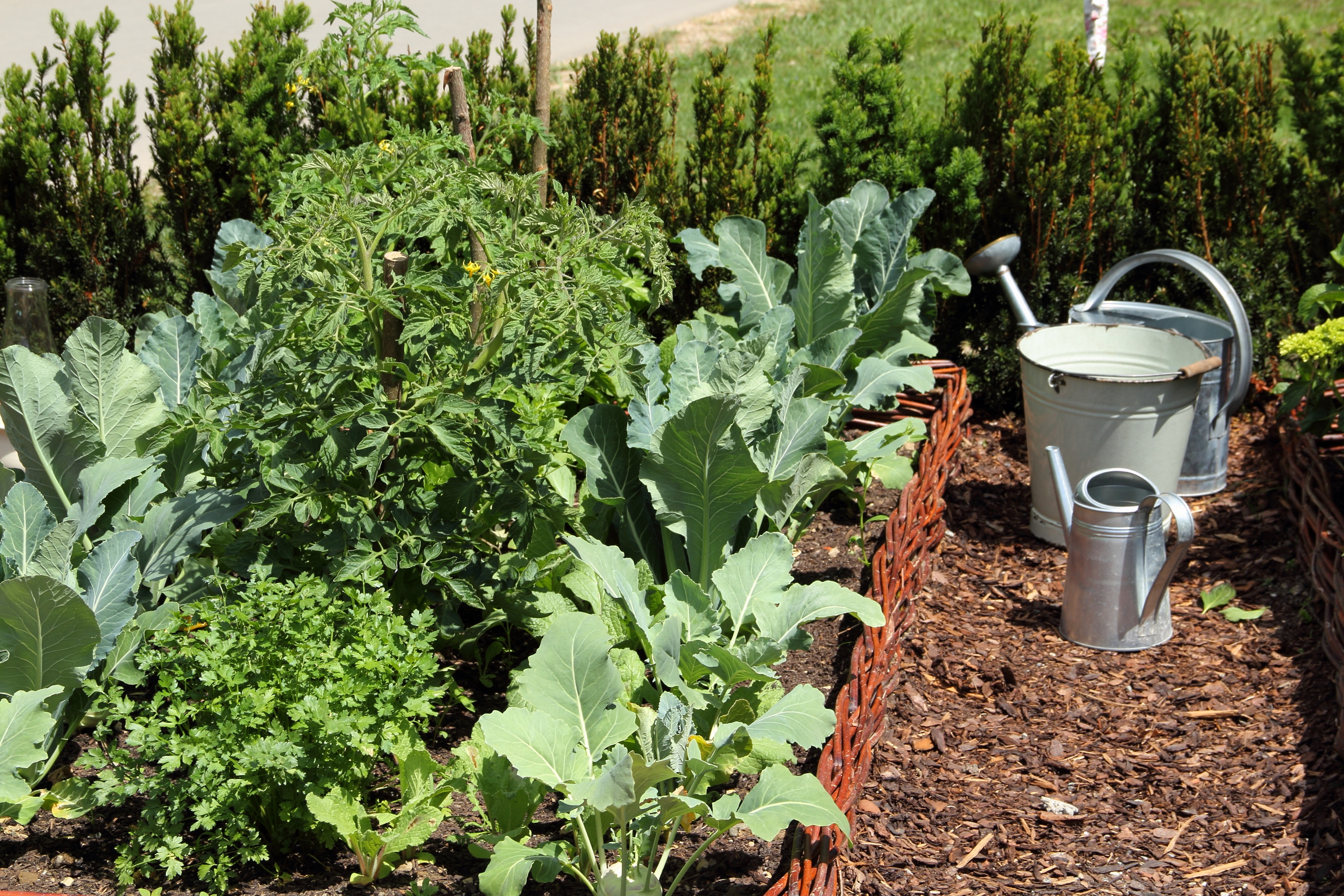
Once your seeds have been sown, it’s important not to neglect your budding vegetables. The gardening world is fraught with risks posed by pests and diseases, so it's best to do everything you can to safeguard against them. ‘Identify any pests like insects or animals that may attack your plants,’ Lina advises. ‘Remove by hand or use organic sprays if necessary, and watch for disease symptoms and treat organically with things like baking soda or horticultural oil.’
Zahid agrees, emphasizing the importance of continually checking up on your plants. ‘Implement regular monitoring for pests and practice natural pest control methods,’ he explains. ‘Companion planting can also help in deterring pests.' For example, planting onions and carrots together can mutually benefit each plant thanks to their individual properties.
8. Harvest your produce
Now comes the exciting part: time to harvest your home-grown goods. This final step will require you to practice some patience and even the act of picking your produce, Tony explains, requires careful care and consideration. ‘Harvest your vegetables when they’re mature but not overripe,’ he says. ‘Regular harvesting often encourages more production.’
According to Zahid, harvesting at the right time ensures that you’re getting the most from your vegetables. ‘Harvest your vegetables when they reach maturity, promoting continuous production and ensuring optimal taste and quality.’
Whether you've built a small vegetable container garden or go for large beds of fresh homegrown produce, you can now enjoy the delicious fruits of your labor well into spring, summer, fall, and beyond.
3 Essential buys to start your own vegetable garden
Be The First To Know
The Livingetc newsletters are your inside source for what’s shaping interiors now - and what’s next. Discover trend forecasts, smart style ideas, and curated shopping inspiration that brings design to life. Subscribe today and stay ahead of the curve.

Katie is a freelance writer and MA student at City, University of London studying Magazine Journalism. Katie discovered her passion for lifestyle journalism after finishing her BA at The University of Oxford, when she started pitching to major lifestyle publications and covering various topics from popular culture to wellness. She is a regular contributor at Well+Good, where she writes experiment-based beauty and fitness pieces.
-
 Sateen vs Percale Sheets — What's the Difference, and Which Are Better?
Sateen vs Percale Sheets — What's the Difference, and Which Are Better?Who would have thought a simple weave pattern could make all the difference to your sleep
By Devin Toolen
-
 I Asked Interior Designers to Share the Worst Design Trends They've Seen on Social Media — And What They Want to See Instead
I Asked Interior Designers to Share the Worst Design Trends They've Seen on Social Media — And What They Want to See InsteadJust because something is trending, doesn't mean it's tasteful — from dupe-culture to OTT lighting, here's what designers hate seeing in homes
By Devin Toolen
